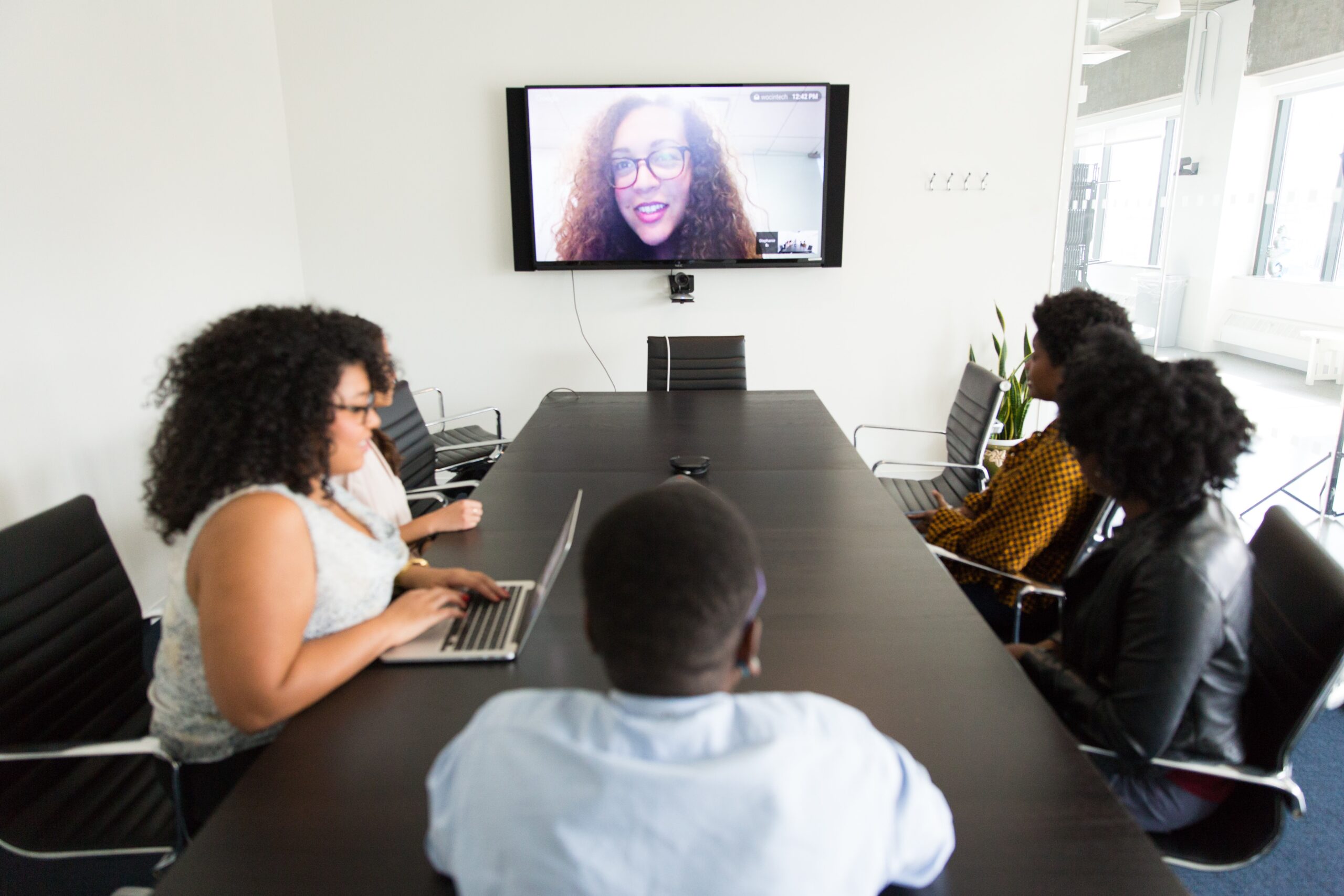
5 components of great DEI training
January 2023
Diversity, equity and inclusion (DEI) training is a hot topic at the moment, particularly in the wake of the Black Lives Matter movement and the hostile environment faced by many people from marginalised groups. Most organisations and their leaders accept that a diverse, equitable and inclusive workforce is something to aspire to. But how do you achieve this?
5 components of great DEI training
Diversity, equity and inclusion are important aspects of any business. So how can you make sure your staff are up to speed? For that, you need some great training.
Diversity, equity and inclusion (DEI) training is a hot topic at the moment, particularly in the wake of the Black Lives Matter movement and the hostile environment faced by many people from marginalised groups. Most organisations and their leaders accept that a diverse, equitable and inclusive workforce is something to aspire to. But how do you achieve this?
Like any training, it is easy for DEI workshops to become boring, negative and hard work for employees. If this happens, it can lead to pushback and have the opposite effect to the one you intended. So how do you go about providing truly great DEI training? Here are five steps to consider.
- Understand your goals
First of all, any DEI training must be tailored to your business and its goals. Ask yourself, ‘What do you want to achieve with the training?’.
Before you can answer this, it’s a good idea to take stock of where you currently stand. The Harvard Business Review (HBR) recommends being fully transparent with your diversity data. There’s no point burying your head in the sand; if your staff is disproportionately white and male, or you have a problem with negative attitudes towards marginalised groups, you need to know.
Once you understand how your organisation currently fares with regards to DEI, you can set specific goals. Research from the Harvard Kennedy School recommends this, adding: “Goals serve an inherently motivational function because they underscore the gap between the current situation and a desired future end state or outcome.” This is particularly because goals provide accountability. Think about how your overall DEI goals can link into training, and make sure any education you provide is relevant to the needs of your organisation.
- Tackle the unconscious
One of the world’s most prestigious DEI courses comes from Cornell University, and it is notable because a significant part of it is focused on unconscious bias. Many of us are not deliberately prejudiced, but we instinctively feel differently about marginalised groups. Great DEI training has to tackle this.
To a certain extent, we can admit that we’re all a bit biased because it’s not something we consciously choose. The challenge is accepting that this bias exists and not letting it affect our decision-making. Pretending we’re all completely unbiased simply opens the door to workplace prejudice, and this is something DEI training needs to address.
- Work in the long term
“Diversity awareness and focus must be a part of a company’s culture in all aspects,” Shane Green, corporate culture coach and author of Culture Hacker, told Business News Daily. “For training to be effective, the message must be reinforced regularly, and managers must coach their employees when they see behaviors and attitudes that contradict an inclusive environment.”
That means it’s not enough to simply host one training session a year and call it a day. DEI training should be something your organisation keeps up with on a regular basis to ensure it is fully baked into your culture. Make sure to consider this with any DEI training you plan.
- Don’t forget the E and I
Diversity is a noble goal. Companies should be striving to make sure their workplace is representative and ensure marginalised groups aren’t excluded. However, it is not enough on its own. Hiring a diverse workforce is no good if they are not treated equitably or inclusively, which is why DEI training has to focus on all three aspects.
You don’t want to fall into the trap of cosmetic diversity, where your organisation seems inclusive on the surface but actually is a hostile environment to the minority groups you hire. DEI training needs to focus on staff attitudes, allyship, inclusive language and much more than just how to hire a diverse workforce.
- Make it fun!
Who wants to be dragged into a meeting where they are lectured for an hour about how they’re prejudiced and need to change their behaviour? Very few people, which is why this is not an effective format for DEI training. Instead, look at how you can make it a positive experience for everyone and make it something they will undertake voluntarily rather than having to be forced into.
Remember, DEI training is about making your workplace a friendly, accepting and welcoming place. These are excellent aspects to focus on. Most people want to be nice to their colleagues, and hostile attitudes to marginalised groups often come from a place of misunderstanding. By working together, everyone can benefit from positive DEI training, and this should be the aim.


